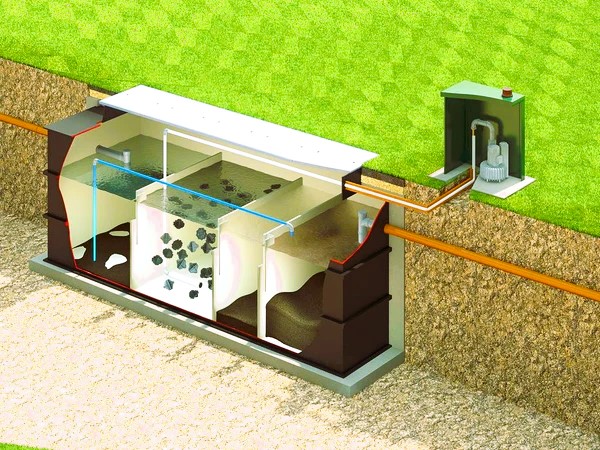In the picturesque landscapes surrounding Courtenay and Comox in the Comox Valley, luxury homes often find their place in rural settings, adjacent to the ocean, wetlands, or watercourses, necessitating the use of septic systems. However, the regulatory landscape governing these properties has undergone significant changes with the introduction of the Riparian Areas Regulation (RAR) in 2006 and the Sewerage System Regulation (SSR) in 2005.
Riparian Areas Regulation (RAR): Balancing Development and Conservation
To safeguard riparian fish habitat, federal and provincial laws, including the Fisheries Act and the Fish Protection Act, come into play. The RAR, enacted in 2004 and amended in 2006, specifically addresses the protection of riparian areas—those bordering streams, lakes, and wetlands connecting water to land—during various forms of development. These regulations introduce setbacks to shield fish habitat, impacting the installation of septic fields for properties within or near riparian areas.
The complexities of these regulations emphasize the need for a nuanced understanding, particularly in regions like the Comox Valley, where waterfront homes may be subject to these legal considerations.
Sewerage System Regulation (SSR): A Shift from Disposal to Treatment
Formerly known as septic systems, BC Law now refers to these waste management systems as sewerage systems. The SSR, implemented on May 31, 2005, under the BC Public Health Act, marked a departure from the conventional disposal-focused approach to septic systems. It emphasizes treatment and dispersal, mandating that on-site systems be constructed to avoid causing health hazards.
Categories of Sewerage Systems: Type 1, Type 2, and Type 3

The SSR classifies on-site systems into three categories: Type 1, Type 2, and Type 3, each with varying degrees of treatment and standards. Type 1 involves septic tank treatment before effluent release, while Type 2 and Type 3 systems incorporate additional treatment to produce higher-quality effluent for soil dispersal. The nuanced differences between Type 2 and Type 3 systems, outlined by the Association of Professional Engineers and Geoscientists of BC, highlight specific benchmarks for effluent quality. We also recommend reading our article about Looking into the future, namely high-tech elements in luxury homes.
Professional Oversight and Maintenance Obligations
Crucially, the SSR mandates that system design, construction, and maintenance be carried out or supervised by Authorized Persons—either professionals or Registered Onsite Wastewater Practitioners (ROWPs). Maintenance of systems installed before May 31, 2005, may not require an Authorized Person, but substantial alterations or repairs fall under SSR regulations.
Empowering Homeowners: Responsibilities and Real Estate Guidance
Owners bear the responsibility of record-keeping and ensuring maintenance aligns with defined intervals in the sewerage system maintenance plan, a facet a knowledgeable real estate agent can assist with during home transactions. As these regulations significantly impact the dream luxury properties one may seek, seeking guidance from the experienced Brett Cairns Comox Valley real estate team becomes pivotal in making informed decisions in this dynamic legal landscape.
For more information on the Residential Tenancy Act of BC, please visit Canada.ca.
